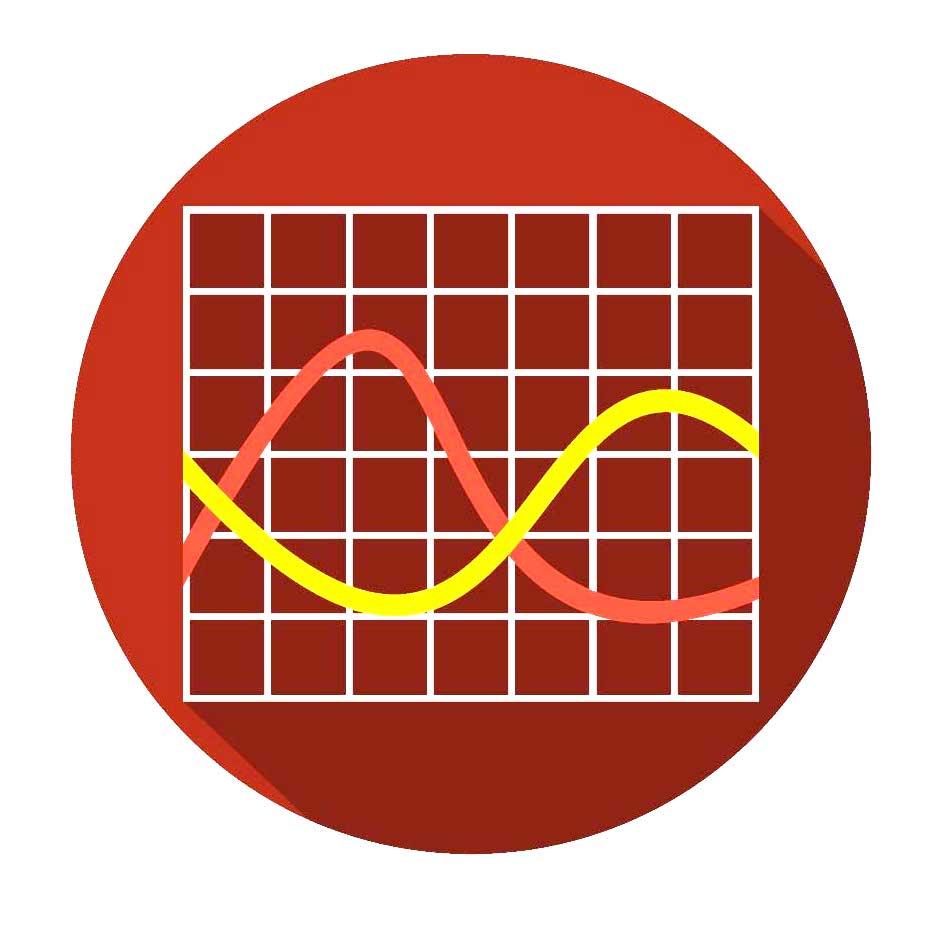Planning for Slow Periods in Fundraising Cycles
 Successful fundraising campaigns always capitalize on deadlines to create a sense of urgency. Natural deadlines can be found at certain times, such as at the end of the calendar year for tax purposes or at the end of the fiscal year for donor stewardship. It’s no secret that December and June tend to be the busiest times for advancement shops—and when most see large spikes in donor counts and dollars.
Successful fundraising campaigns always capitalize on deadlines to create a sense of urgency. Natural deadlines can be found at certain times, such as at the end of the calendar year for tax purposes or at the end of the fiscal year for donor stewardship. It’s no secret that December and June tend to be the busiest times for advancement shops—and when most see large spikes in donor counts and dollars.
Anticipating these busy periods, institutions plan their efforts accordingly. Annual giving programs often ramp up their calling programs or drop their biggest mailings of the year in late November and then again around May. Many programs also send more email solicitations and renewal reminders in the final weeks leading up to year-end.
Conversely, other periods in fundraising campaigns are naturally slow. In educational fundraising, these periods often occur in the winter months following a busy holiday season or in the summer when donors are enjoying vacations and a slower pace.
The phenomenon of peaks and valleys within the fundraising cycle is not limited to the annual calendar. Multiyear capital fundraising campaigns tend to see spikes in commitments during the silent phase and after the public announcement is made, but they often hit a slump after more than half of the goal has been met. Direct mail efforts typically see their highest return two to three weeks after hitting the mailbox, with gifts trickling in steadily before the final gifts arrive nearly eight weeks after the appeal drops. Giving days, which have become a staple event for many institutions, tend to see the most activity right after launch and in their final hours, but these initiatives often stall in the afternoon hours.
Being aware of, and getting in sync with, these cycles is a critically important part of running any successful fundraising campaign. It’s what can give you a slight edge and help generate incremental gains. Busy times require extra staff attention and resources, and mistakes during these high-volume periods can be extremely costly. Slow times, by contrast, may require a bit more effort in order to capture the attention of donors and motivate them to take action.
Washington & Jefferson College realized that it needed to be creative to boost donor activity during what is typically a slow time for its giving day. After a review of previous years’ data, the annual giving team added an unpublicized challenge to the schedule for its fourth annual day of giving. The time frame for announcing the challenge would be flexible, but the team assumed it would be necessary to drive activity during the midafternoon. An email announcing a new challenge match for the next 100 gifts was sent at 2 pm, and in less than an hour those 100 gifts were secured. The new midday challenge helped the team to maintain a high level of donor activity that resulted in a record-breaking giving day.
It’s easy to make plans in anticipation of times that are busy, but driving more donor activity during times that are historically slow can be a challenge. In the absence of natural deadlines, fundraisers need innovative strategies—whether during the quieter months of the annual campaign or during the midday hours of the giving day. Being prepared for all of the peaks and valleys will help you build a road map for your team’s success.

AGN Members receive unlimited access to our resources, discounts, and other benefits. Click here to learn more.
Want to stay up-to-date on best practices in annual giving? Click here to follow AGN's Page on Linkedin!
